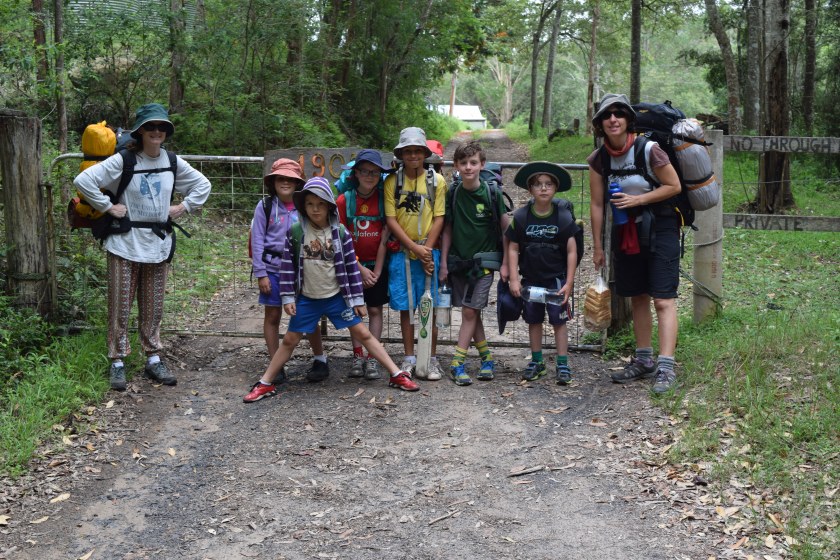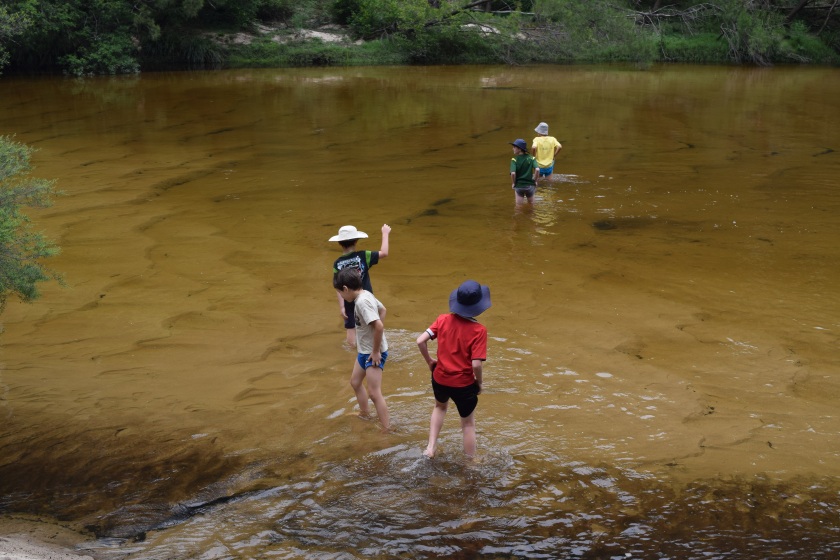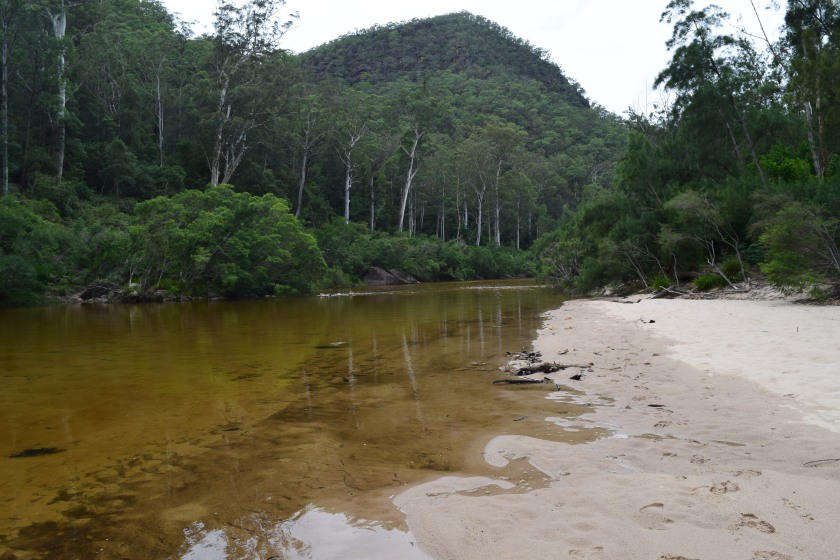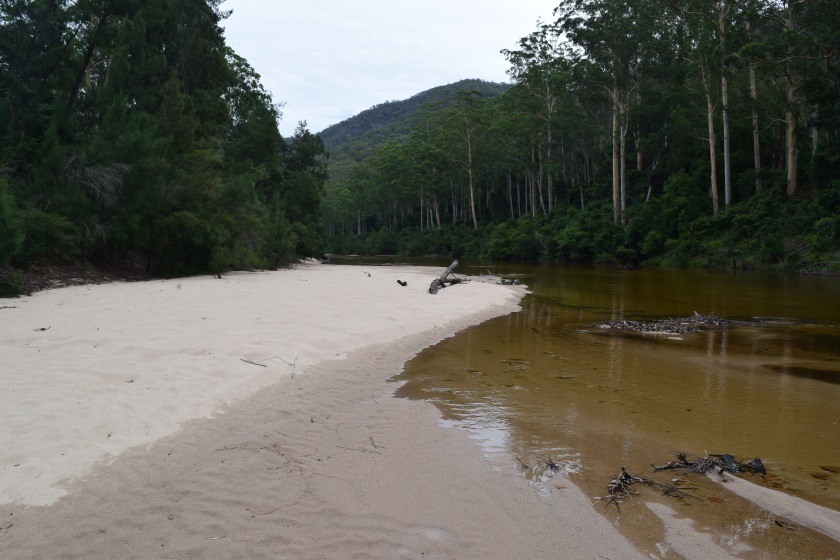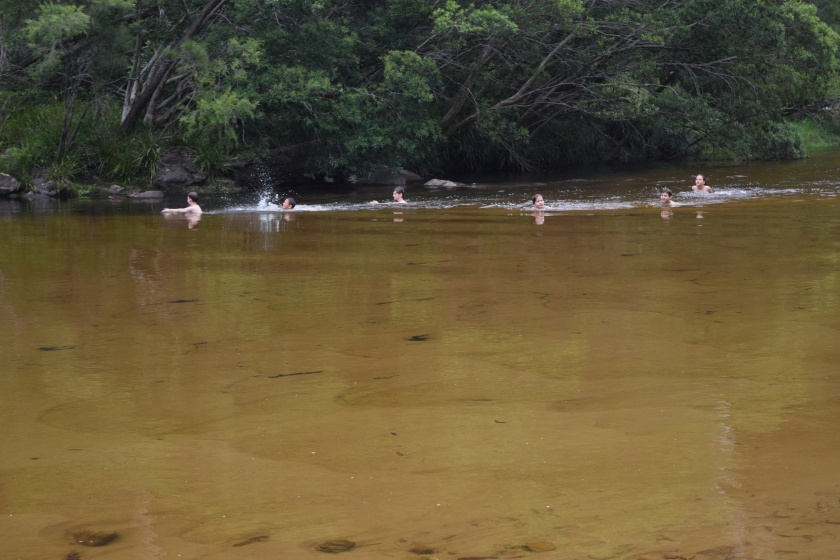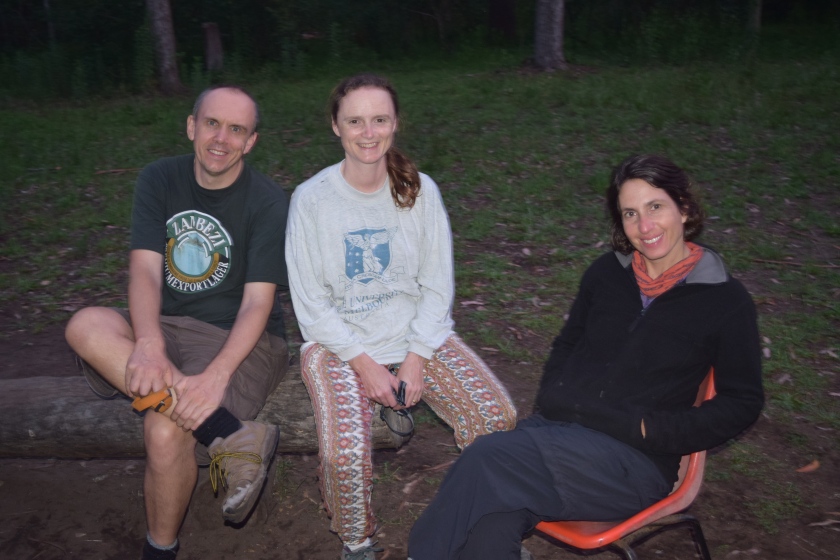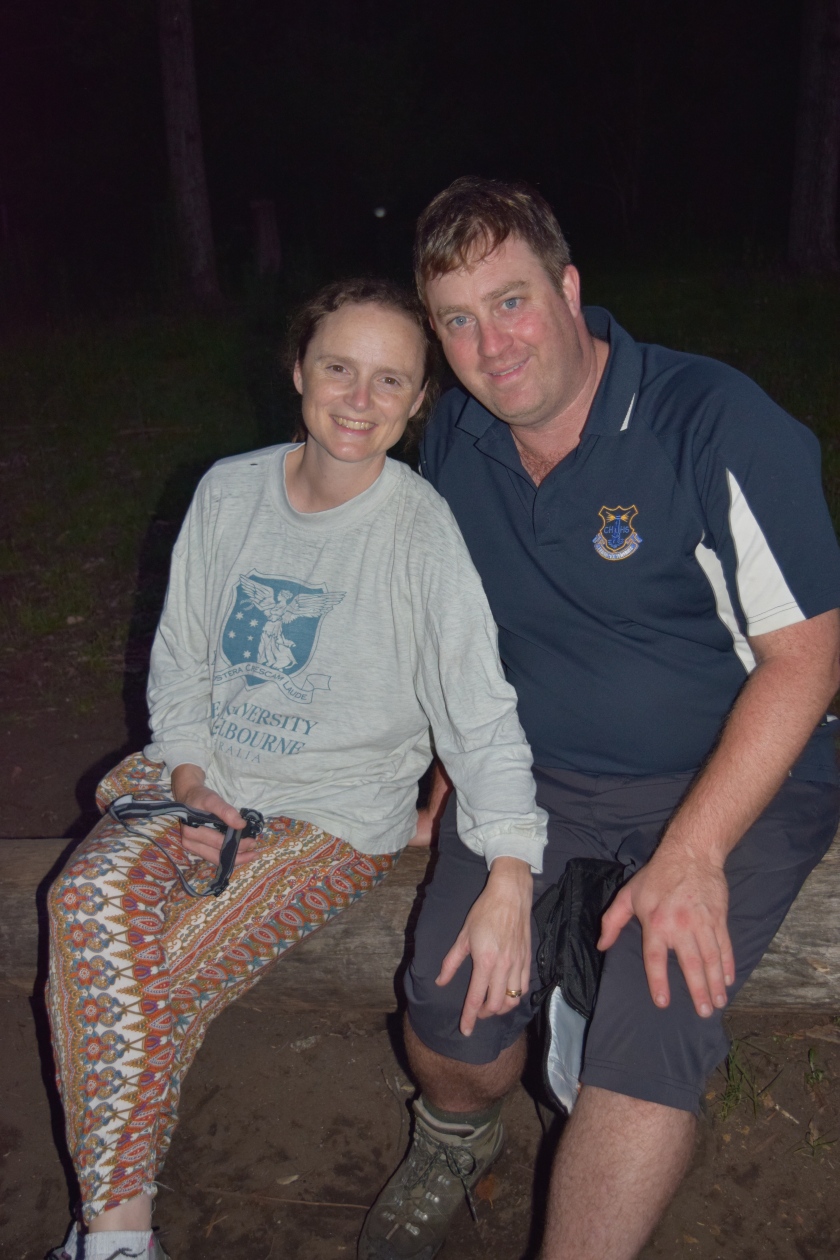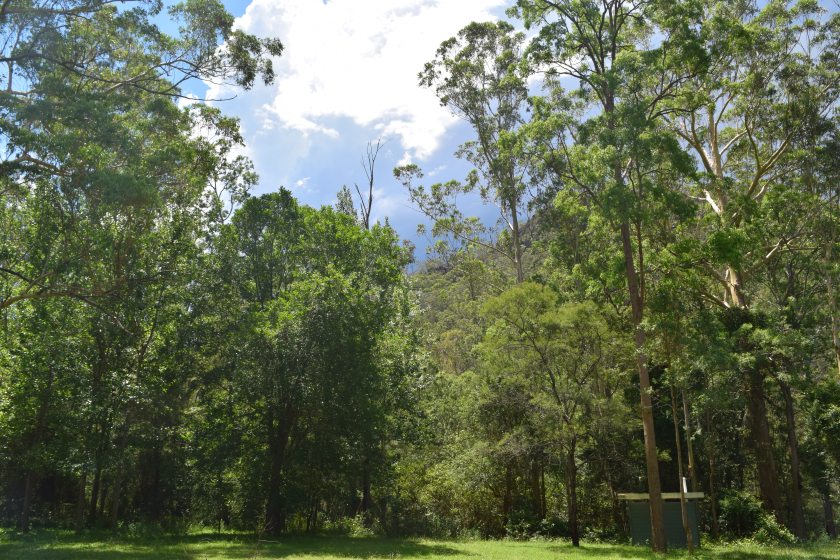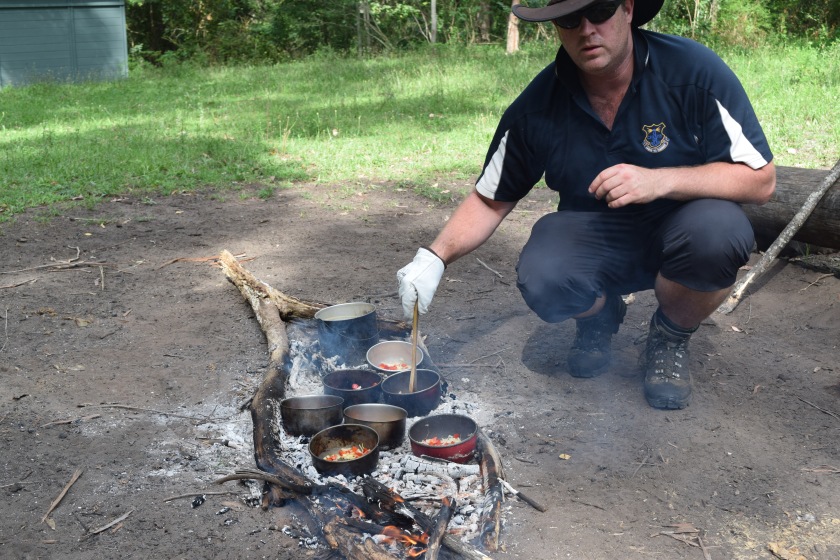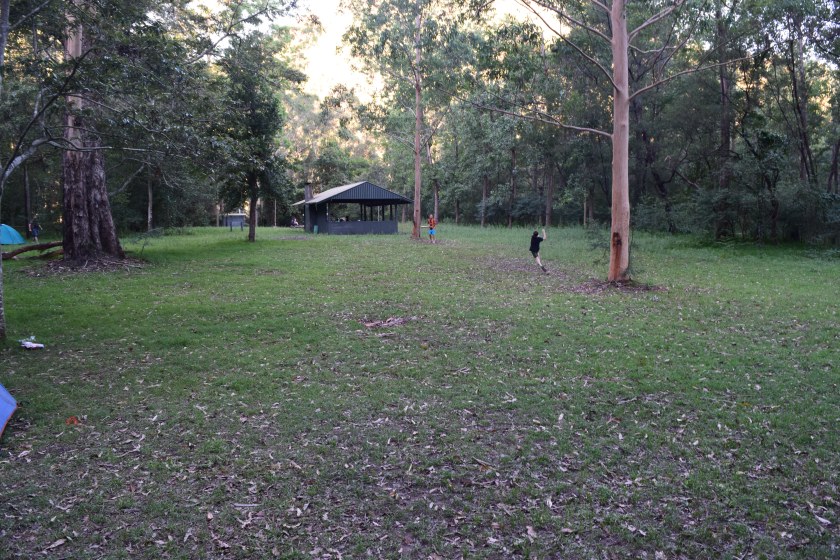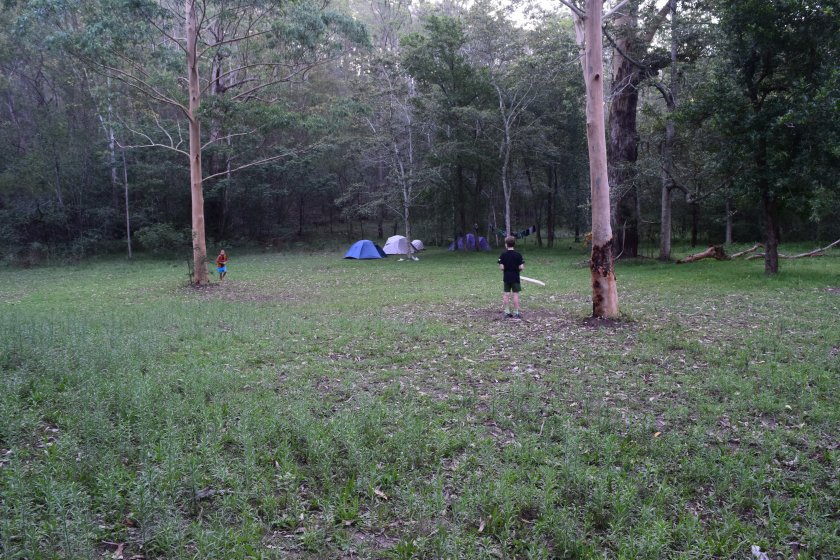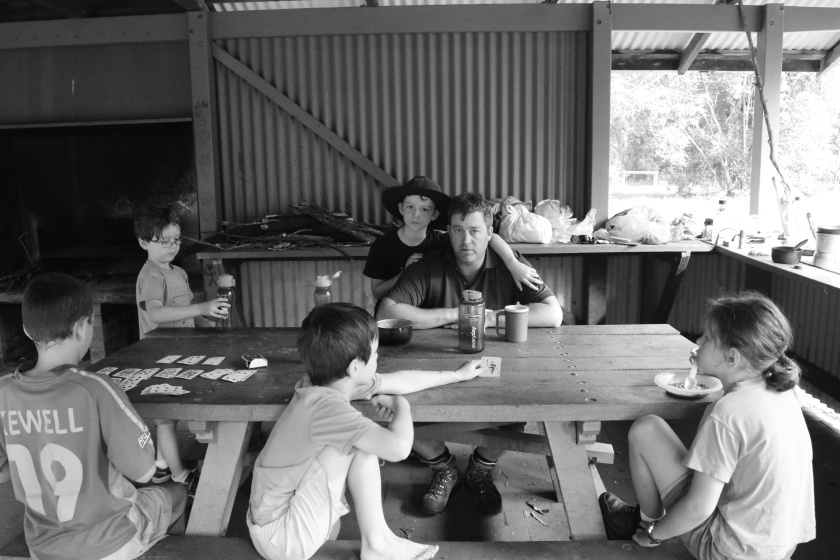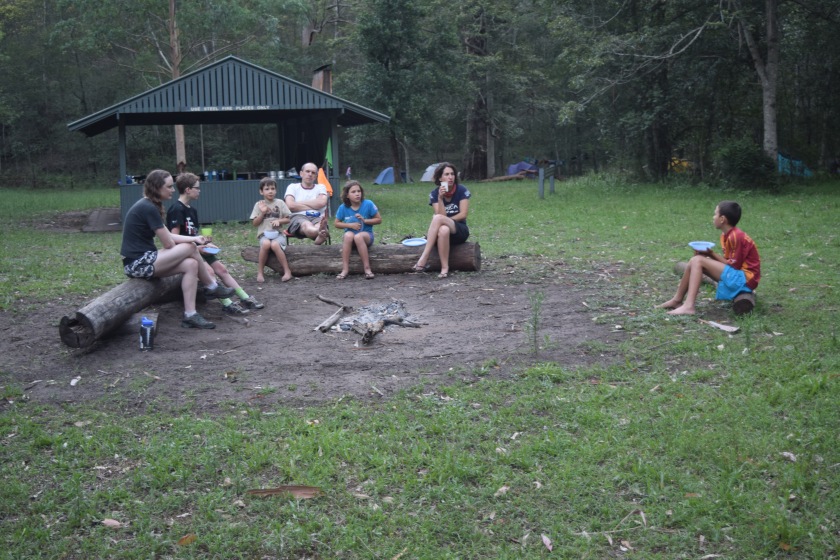An interesting discussion on Twitter for #ohedchat today about blended learning which not surprisingly turned to the necessity of an LMS for effective teaching in a blended classroom. But first what is blended learning? Wikipedia defines it as:
Blended learning is education that combines face-to-face classroom methods with computer-mediated activities.[1] According to its proponents, the strategy creates a more integrated approach for both instructors and students.
The terms “blended,” “hybrid,” “technology-mediated instruction,” “web-enhanced instruction,” and “mixed-mode instruction” are often used interchangeably in current research literature.[2] However, recent researchers in the United States tend to use the term “blended learning” with more regularity.
To me it is the use of digital technology to enhance and extend classroom learning experiences.
So is an LMS essential? Well it depends….
My first teaching job was at Trinity Grammar School Kew – the first school in Australia to have a school wide wireless network to support a laptop program. In the same year I started they also employed a teacher to look at a means of providing access electronically via the web to resources. He designed his own LMS (called school tool from memory) and I spent lots of time trying to break it. Anyway after a couple of years out of teaching I went back into a school that used Moodle – once again I always pushed the boundaries (often getting frustrated and the limitations!) using Moodle extensively.
The change of schools (and systems!/ states) to Coffs Harbour High school also coincided with the start of the Digital Education Revolution – so of course I set up a school Moodle (http://coffsharbourhighschool.com ) that is still up and running today. the reception to this was to say the least varied! But now four years on I myself only use Moodle for some things (e.g online administration of diagnostic tests at the commencement of the year and for subject selection for senior years) preferring to use a blended (pun intended!) mix of tools to assist with the digital support of students learning. This includes blogs, Edmodo, Adobe Connect, Facebook, OneNote, DropBox,Mathletics, Mangahigh….
Of these I have found FaceBook to be the most successful (for senior students) mostly because it is an online ecosystem which my students already inhabit. Ever since I started teaching my mantra with regards technology has always been “see what the kids are using in their own time and try to find an educational use for it”. If I post a message on Facebook (in our class group) at 5:30 am (I am a morning person!) 90% of my class will have read it before school – why because the first thing they do when they wake up is check Facebook! But this approach is not for everyone – it is to unpredictable and ever changing.
Whenever a new way of digital delivery is suggested many teachers want to: be trained; know exactly what it should be used for; know how it will be managed etc. Now this is all fine but my question is how will you ever keep up with the continual changes if you expect a training course in everything! Consequently many just don’t do anything! An LMS offers a nice safe place for these types of teachers and will perhaps expose them to alternative options down the track.
The biggest problem I have with any LMS is that it is a walled garden (this includes things like Yammer too!) but once again this is what makes them attractive to some people and institutions.
I guess there is no “One-size fits all approach” some will want to use an LMS and others not – but at what point does an institution no longer provide an LMS for those who want to use it and are not confident elsewhere? Will removal of something perhaps destroy the confidence of a teacher who has either just taken or is about to take steps to use online tools in the classroom? How can our professional learning as educators be more about taking risks and experimenting with new tools? And WHO IS GOING TO TAKE OVER ADMIN OF OUR SCHOOL MOODLE? :0 Any volunteers?

